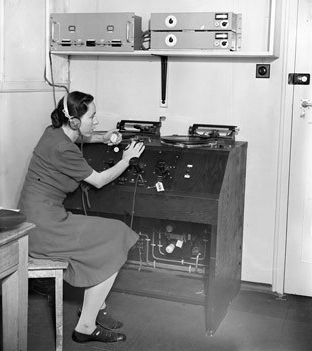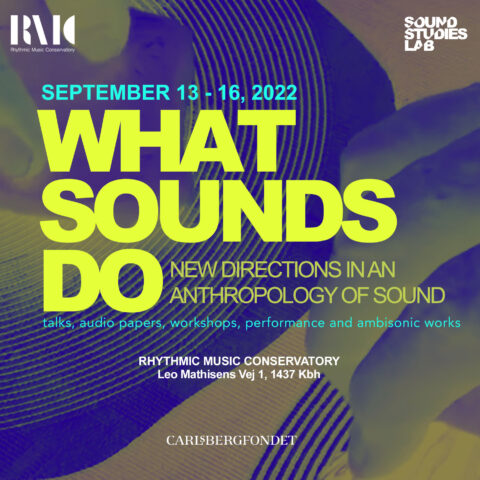A message from the editor:
This Sonic Constellation Compilation is part of the ongoing series: WAYBACK SOUND MACHINE, A CONSTELLATION OF SOUNDING TIME, which asks What can we gather from sounding the past–and with that in mind, what is the relationship between soundscape and sound design? This is Part Two of a three part series-within-the-series, that shares various artistic forms, and some text, of/on sound from the past, and designing and composing sound for the past. You can experience Part One here.
Artists and sound designers working with and considering sound from the past can create sonic compositions and databases that could help us to remember and feel our heritage. This is a fluid, virtual museum and living archive giving voice or space to listen to the past in the present, creating new experience and highlighting information within the complexity of our changing soundscapes. We need to sense the world, and we can enjoy sensing the world. Remembering that we aren’t limited to just knowing our place in it, but can feel our place in it, allows for a transference and embodiment of information that goes further, goes deeper, creates care and extension of thought beyond our perception of present. Creates empathy, expands, and vibrates the interior and exterior. A vibration that affects, and a vibration that joins. This is the gift these artist/authors are sharing….
Bonnie Jones
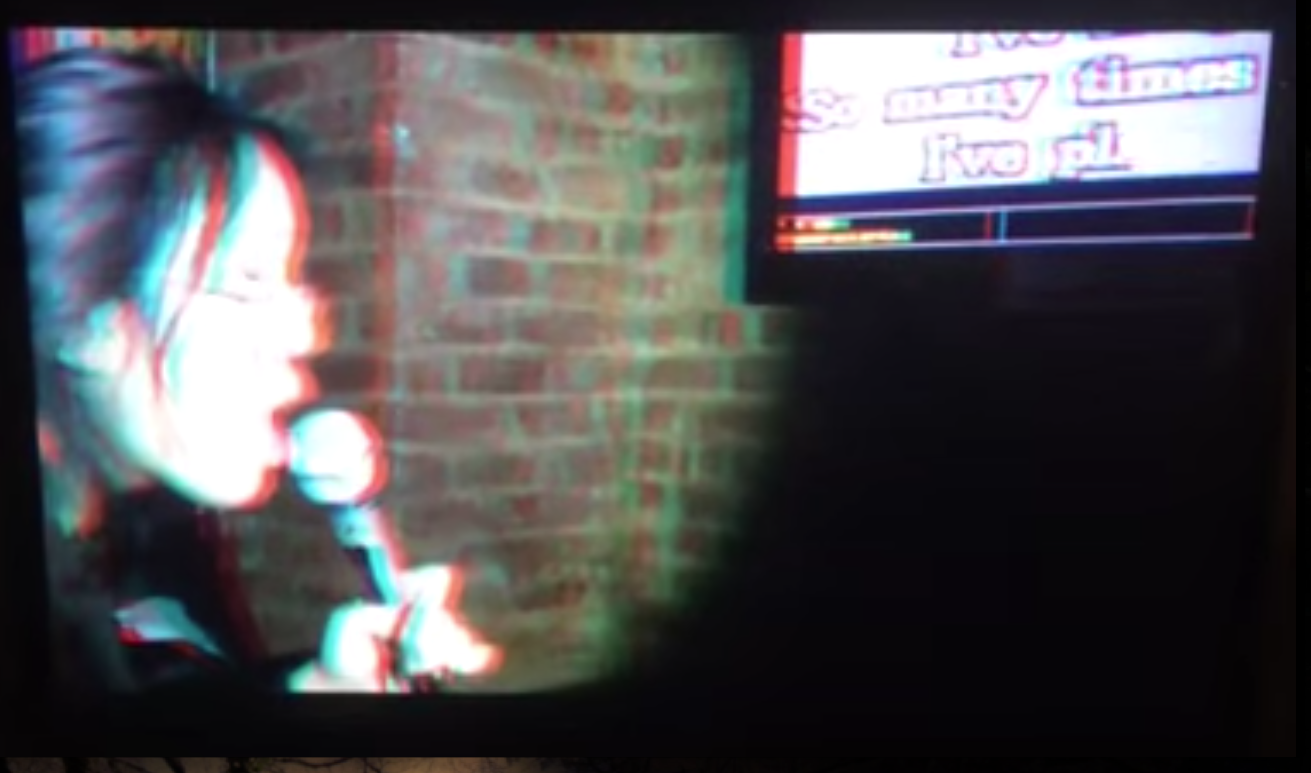
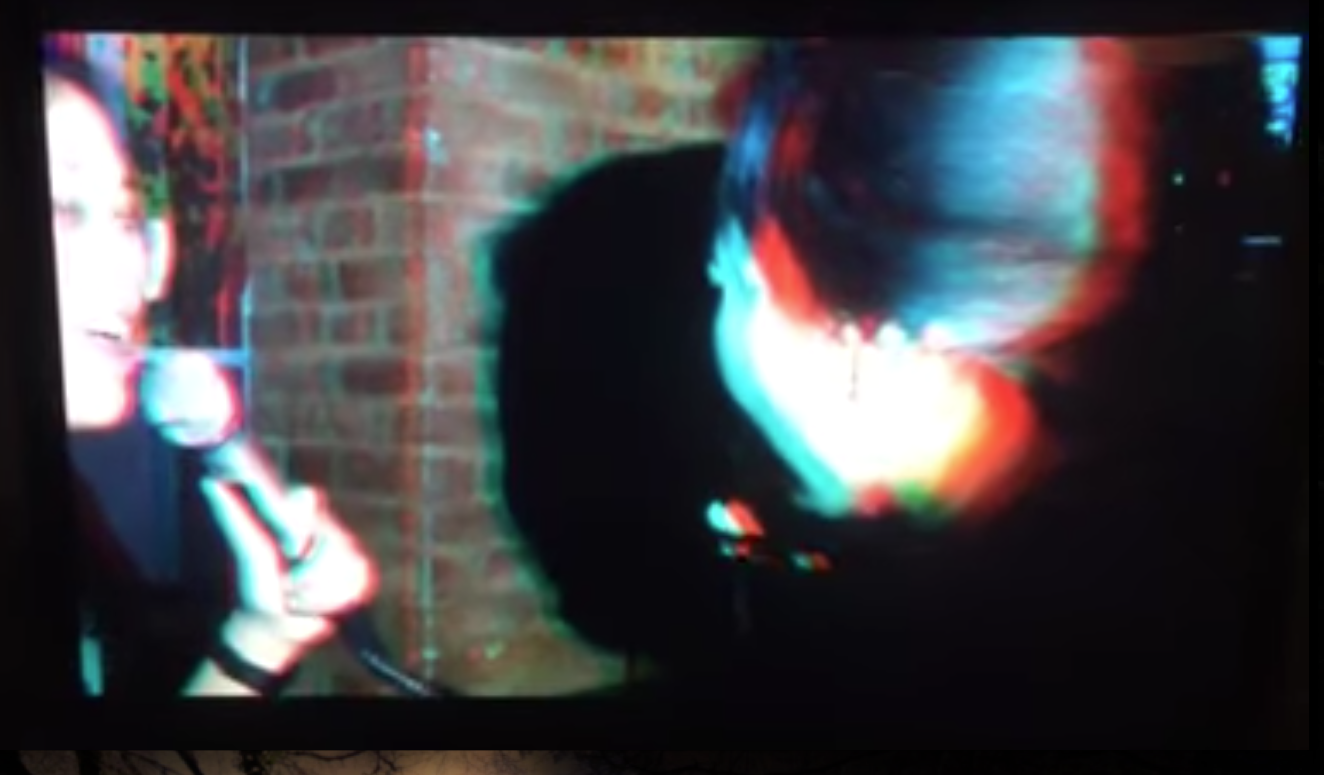
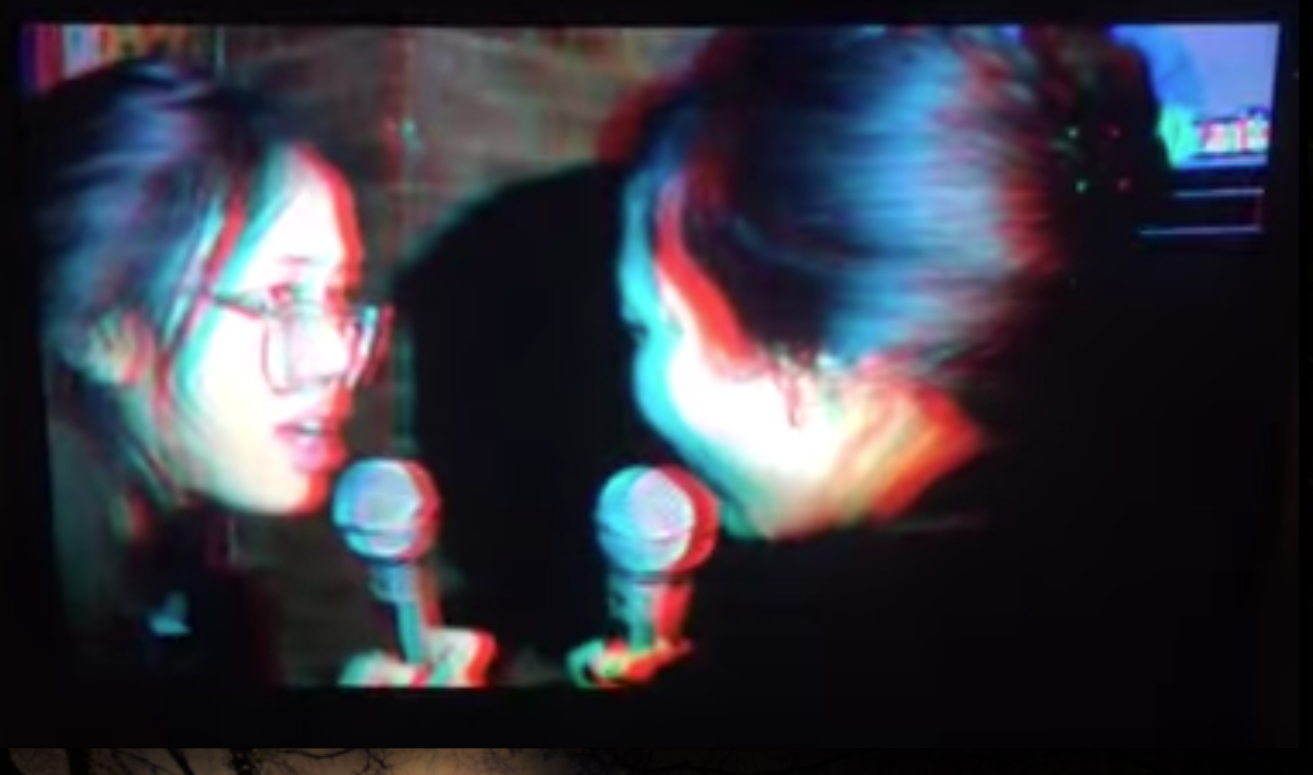
Diana Combo – Desacordo part 3
Desacordo é uma peça que se construiu a partir das gravações feitas pelo etnomusicólogo Michel Giacometti em várias zonas rurais de Portugal, nos anos 70, como parte da sua série televisiva “O Povo que Canta”. Algumas destas gravações são aqui combinadas com samples de discos de vinil e voz (Diana Combo junta a sua voz àquelas captadas por Michel Giacometti ou faz as suas próprias versões de músicas que ele deu a conhecer).
A distância espacial e temporal entre o agora e cada momento e situação geográfica correspondente aos vários fragmentos originais marca a discrepância fundamental que a combinação de vozes tenta superar, numa espécie de harmonia desconcertante. Em Desacordo, os mortos ressuscitam e os vivos podem regressar a um tempo perdido, pela sensação de poderem ter estado lá, com aqueles que outrora estavam vivos e que o Fado fez esquecer. Num contexto performativo, esta peça ganha as camadas extras de voz ao vivo e percussões.
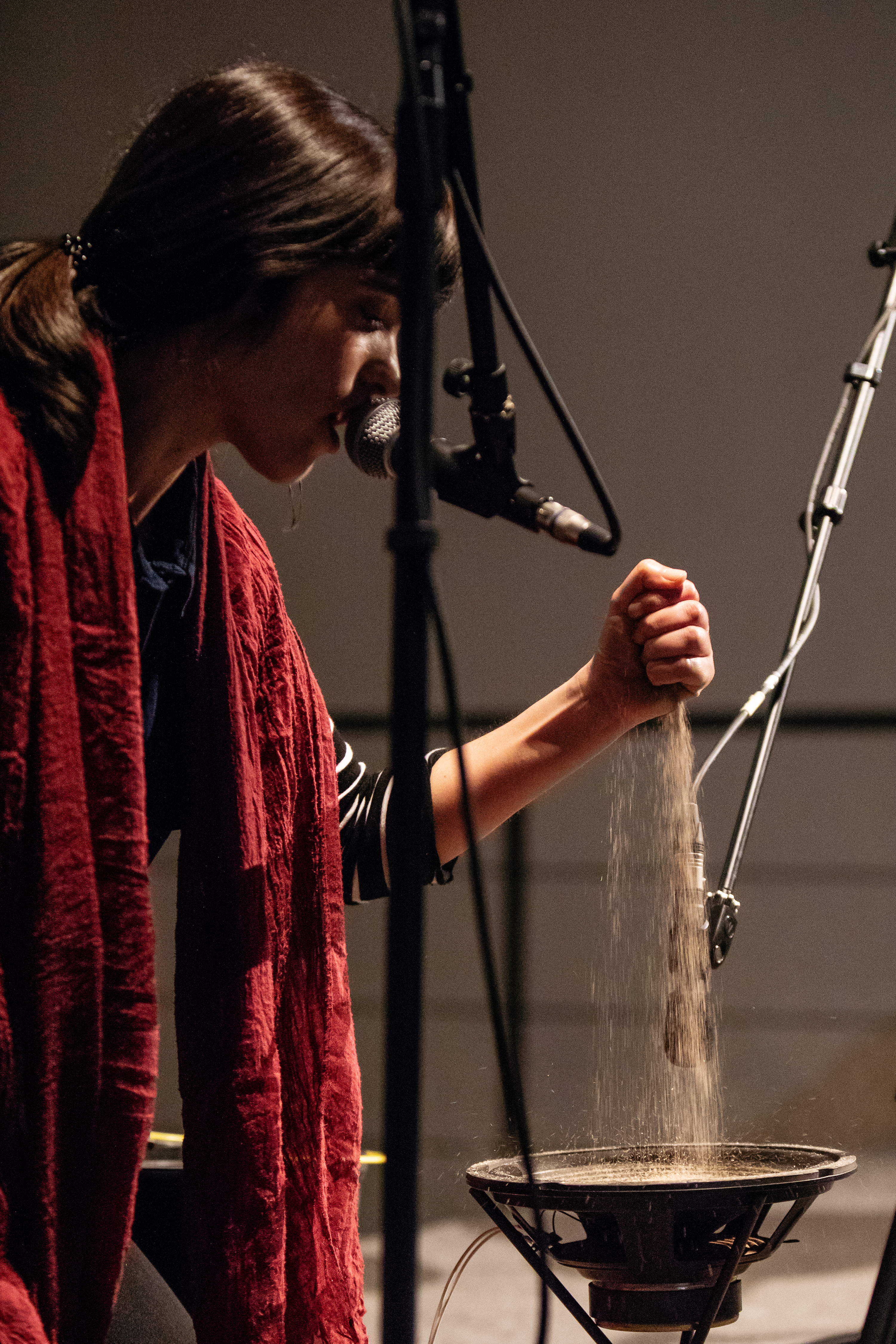 Photo credit: © Paulo Alexandre Coelho / Fundação EDP, 2018
Photo credit: © Paulo Alexandre Coelho / Fundação EDP, 2018
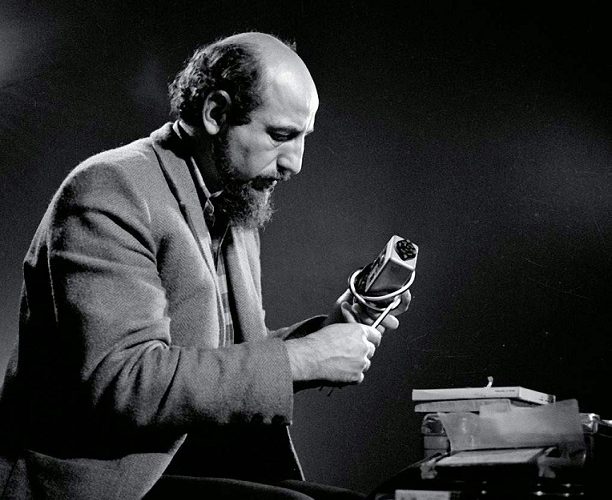 Photo source: Enciclopédia Universal Multimédia da Texto Editora, 1997
Photo source: Enciclopédia Universal Multimédia da Texto Editora, 1997
Desacordo is a piece that departs from recordings made by the ethnomusicologist Michel Giacometti in various rural areas of Portugal, in the 70´s, as part of his TV series “O Povo que Canta” (The People who sing). Parts of these recordings are here combined with samples from vinyl records and voice (Diana Combo sings ‘along’ with those voices captured by Michel Giacometti or makes her own versions of songs that he gave to know, from the recordings he shared).
The spatial and temporal distance between the now and each moment and geographic situation corresponding to the various original fragments marks the fundamental discrepancy that the combination of voices tries to overcome, in a kind of disconcerting harmony. In Desacordo the dead are resurrected, and the living might return to a time lost, from the sensation of being able to have been there, with those that once were alive and that Fado made forget. When presented in a live situation, this piece gains the extra layers of live voice and percussion.
Daria Baiocchi – 1916
 Constance Georgine Markievicz with a gun. National Library of Ireland, 1915.
Constance Georgine Markievicz with a gun. National Library of Ireland, 1915.
This composition is dedicated to Constance Georgine Markievicz. In particular this project takes its cue from 1916 abolition of Dublin Mean Time and introduction of GMT, at that time strongly opposed by the Countess. The main element of this composition is the sound of a flute that “gives voice” to Markievicz. I recorded 25 flute sound-fragments and 12 flute rhythmic-fragments (DMT) : the sound fragments refer to the C, G, M notes that are the initials of the name of the Countess while the rhythmic sounds recall the sound of a clock. The contest of this historic event has been created with flute sounds that has became, with an electronic interpolation, sea and ship landscapes. A special thanks to the flautist Mauro Baiocchi.
Joan Schuman and Seth Guy – Intermix (2017- )
It’s interesting to work collaboratively and I was given the opportunity twice recently—across nearly a decade’s time, in 2008 and again in 2017. The collaboration is a trust to handle sounds and images. There are some similarities in the parameters within which each of these collaborations came about: the process is one of my own creation launched by both found sounds and visuals, with my challenge being to imagine a singular moment in time.
In 2017, Intermix (propositions for performance installation) was launched by artist Seth Guy, who works at the intersections of auditory and visual perception, investigating language, memory and imagination.
For each Intermix, Guy records to video a private performance where he resonates and records the sound of objects with his body. The resulting video is sent to a collaborator who then responds aurally to what they see and hear. The invitation is to compose entirely around one voice, one story of what is ‘seen’ and ‘heard’ in the visual/performative mix.
Initially the presentation of the project also contained documentation of the audio recordings of the performances to complement that of the collaborator’s voiced descriptions, but halfway through development these were omitted, inviting listeners instead to imagine and visualize what has been performed solely from the voice-collaborator’s perspective.
In this short, voiced ‘composition,’ I narrate an enacted struggle with tactile and kinetic props—in this case, styrofoam. In its rawness is a story, a sounding of a moment in time—one where I imagine the intention of the movements, the ancillary sounds, the relational experiences of object and body, space and time.
The album is developing as new performances and collaborations are devised and executed as performer/artist Seth Guy continues his online residency at LAB451- London.
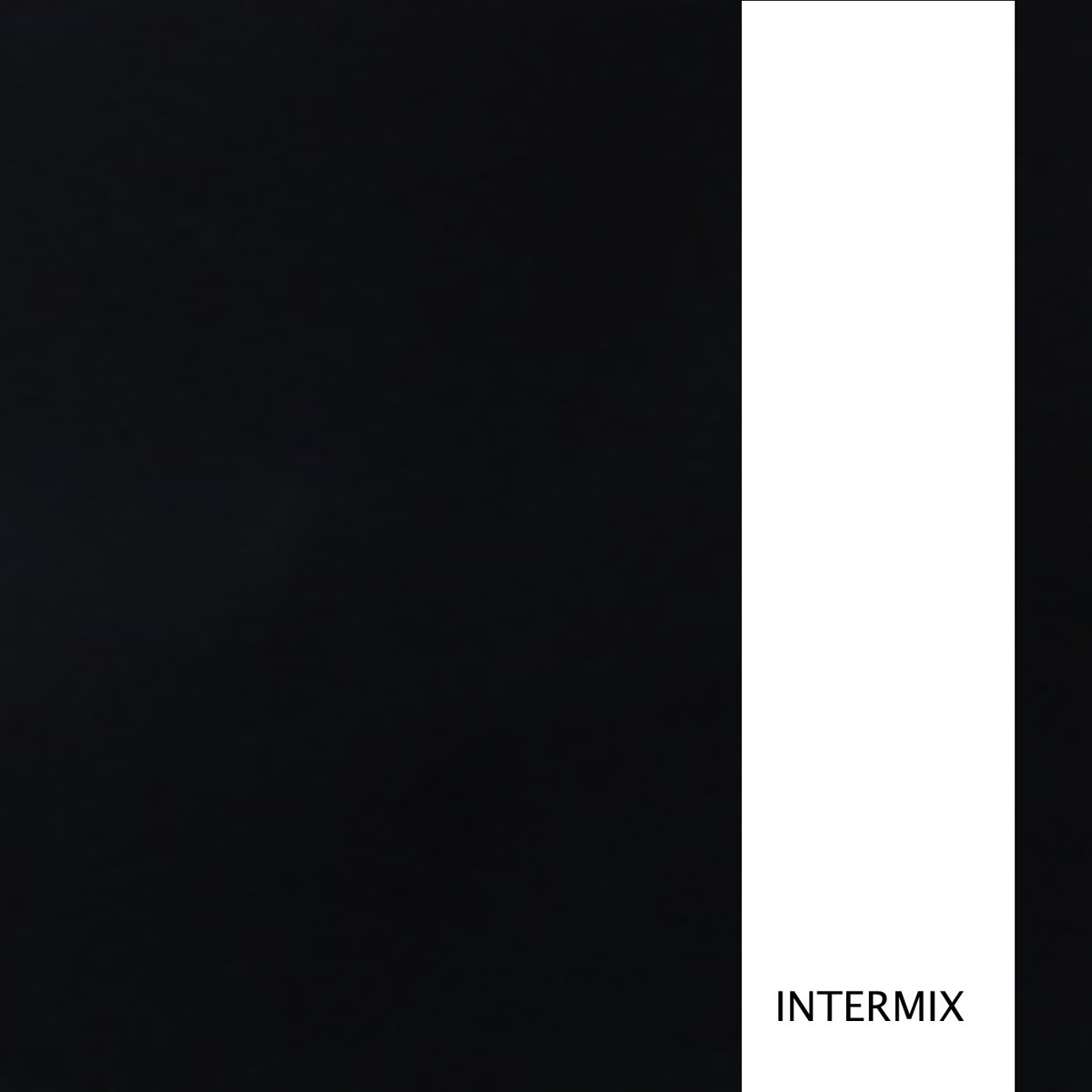
Joan Schuman – Cicatrix (2008)
Cicatrix was produced for the 2008 Third Coast Audio Festival ShortDocs Challenge, Radio Ephemera. The competition constraints imposed inspiration from literary ephemera from the early 20th-century. The books chosen (Trees as Good Citizens/1922 and Control of Body and Mind/1908) wove metaphor and meaning around another constraint, that of the audible voice of a stranger.
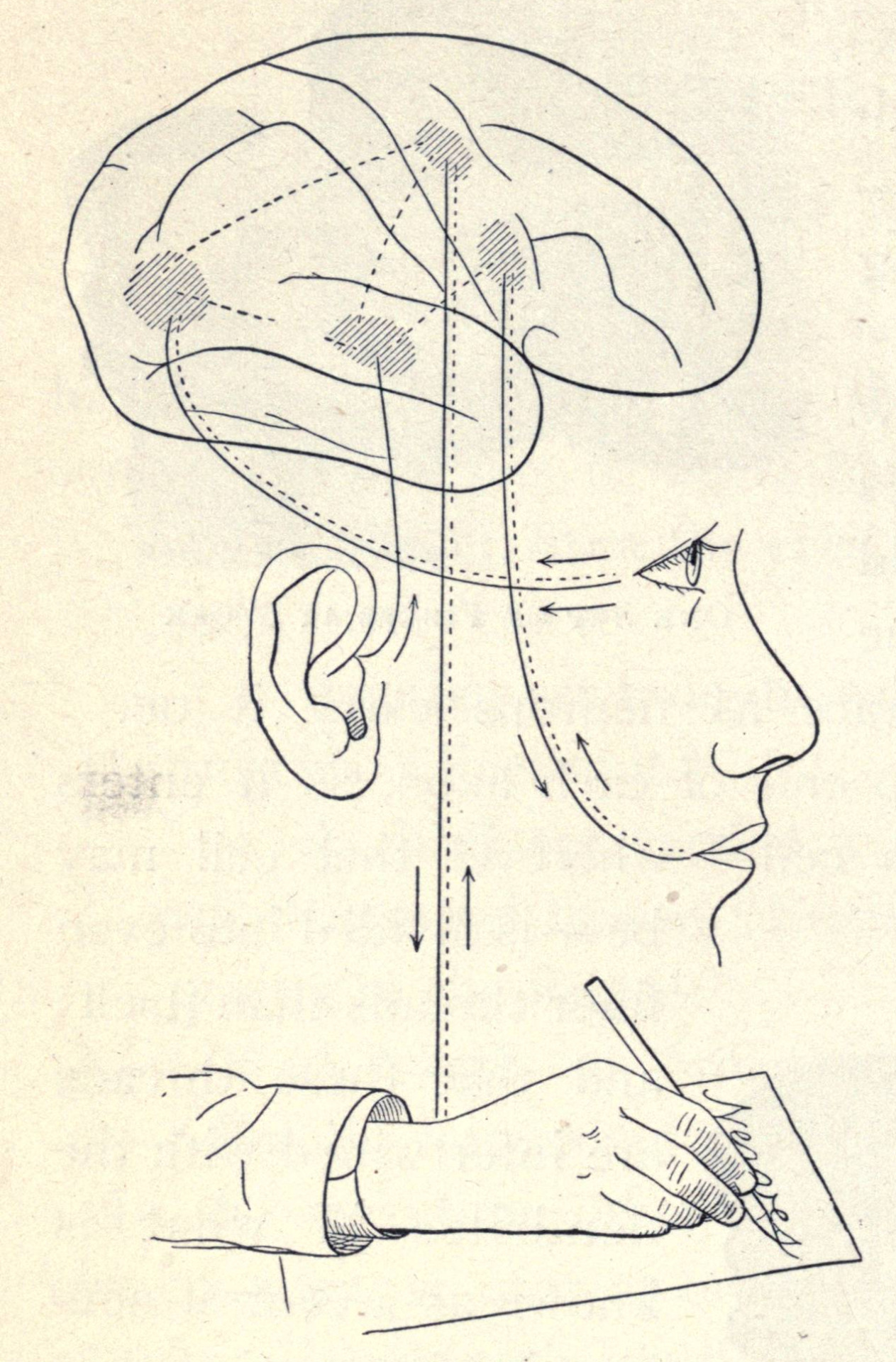 Illustration: “Roads to and from the cortex.” Control of Body and Mind, 1908.
Illustration: “Roads to and from the cortex.” Control of Body and Mind, 1908.
In 2006, radio colleague, Jessica Dheere traveled to Beirut collecting tape of Israeli cluster-bomb victims. She offered compelling tape to work with—and a photo of a bomb survivor. Through the competition parameters, the piece explores regenerative acts, resiliency, rootedness and irreparable scars. There’s a jumble of voices trying to make sense of the language of war. This work imagines the experience of both translator and translated and of bomb victim striving to return to her everyday activities amid egregious and violent catastrophe. It is fixed in time; it is of a time, that when remembered, feels ever-present in the ‘now’ of our current political system of armed violence.
Daria Baiocchi – Delta Time
Delta Time has two versions: for viola solo-fixed media and for viola sololive electronics (MAX/MSP patch). This compositions has been inspired by Delta Time as the change in time. It is the time, in seconds, since the last tick. To Update your life on the elapsed time since your life last updated. This piece is dedicated to the violist Andrea Pomeranz.
Matheos & Georgios – Changing One’s Mind
Changing One’s Mind by Matheos & Georgios is an attempt to sonically portray the effects of psychosis, when thought and emotion are impaired to the point that contact is lost with external reality. The intent of our auditory exploration is to virtually immerse the listener into two different physical acoustic spaces, provoking deception and unfamiliarity. This is guided by the themes of duality and space, which challenges through fracturing a person’s sense of reality. With homage to Karlheinz Stockhausen’s directional sound in performance, the use of outdoor field and indoor multichannel recordings evoke a sense of a surreal.
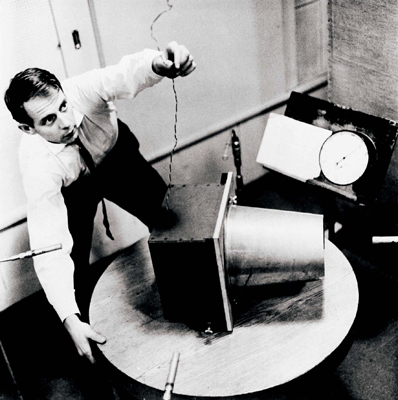 Composer Karlheinz Stockhausen creating Kontakte. Photo courtesy of karlheinzstockhausen.org
Composer Karlheinz Stockhausen creating Kontakte. Photo courtesy of karlheinzstockhausen.org
Throughout the project’s construction, both artists continuously exposed different forms of intervention to its creation. The piece explores human consciousness with sound art in order to draw attention to societal awareness of mental health.
Changing One’s Mind – Time
We define time through scientific measurement, emotions, and experience. With Changing One’s Mind, we discover all three through personal creative processes and audience perceptual experiences. The limitation of time is through one’s own belief and perception surrounding the word.
As collaborative artists, our own bias of time interplayed with the creation of the piece. Matheos at a compositional level viewed time as moment form: capturing the essence of the moment without the need for a narrative or structure, generating a sense of endlessness. Georgios’ interpretation of time relates to emotional connection: when a feeling or sense is produced, a scientific measurement of time can become diluted and lost.
When listening to Changing One’s Mind we both experienced time differently when other senses were cancelled out. We listened to the piece in complete darkness, remaining completely still throughout its entirety. The work intertwines with physical space, organic sound material, and sound movement–creating variations of flow. We refer to flow as the pacing of a composition, how fast or slow do sounds, sections, or ideas move throughout.
Experimentation and chance are themes played with during the creation process, and imprinted in the final composition; time can be a driving force that shies people away from these two ideas. Time is an illusion to structure those living in a society, and in this piece we aim to experiment leaving the perception of time to the audience.
Diana Combo – Desacordo part 4
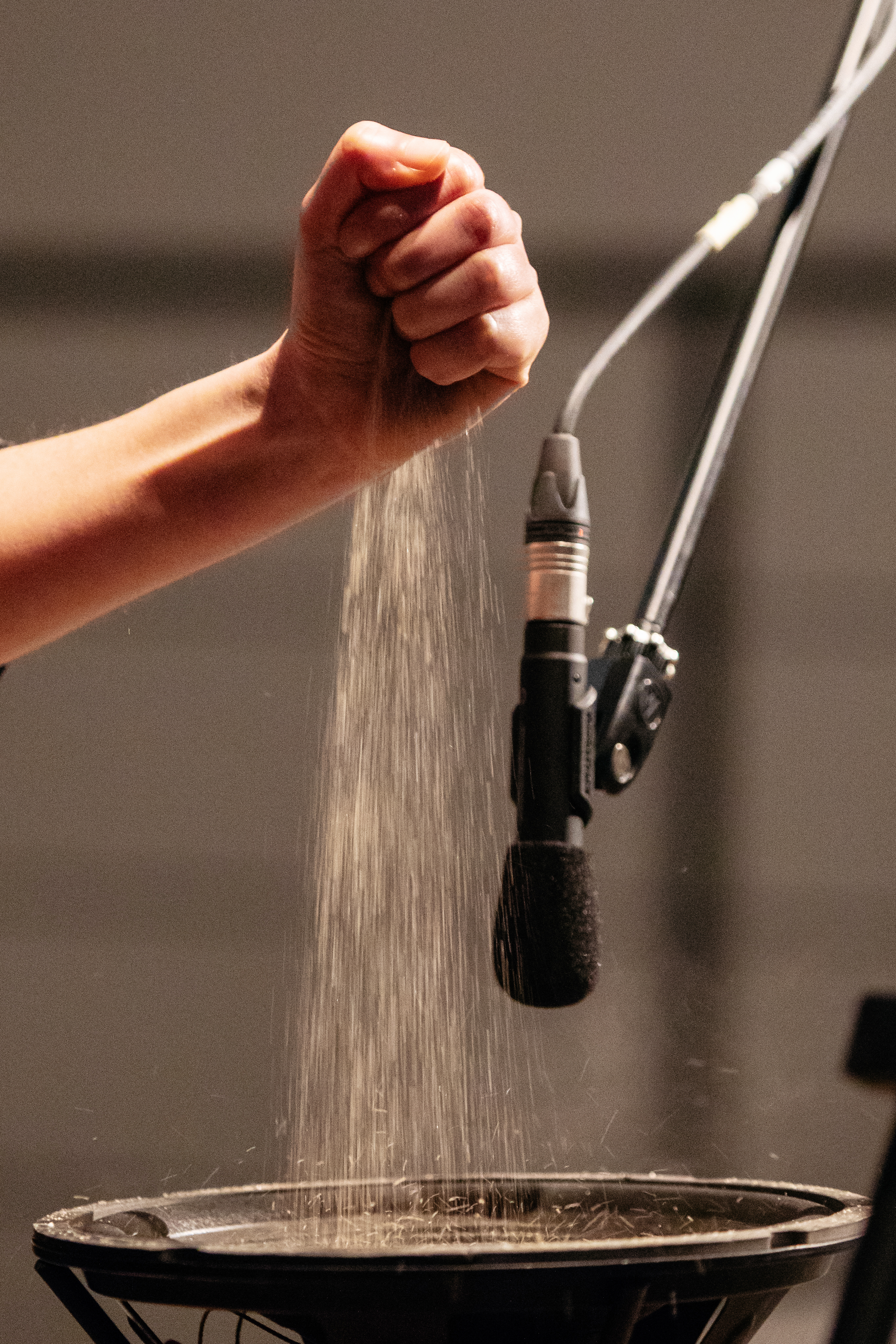 Photo credit: © Paulo Alexandre Coelho / Fundação EDP, 2018
Photo credit: © Paulo Alexandre Coelho / Fundação EDP, 2018
If you like, you may now continue here…
Biographies:
Bonnie Jones is a Korean-American improvising musician, poet, and performer working with electronic sound and text. She performs solo and in numerous collaborative music, film, and visual art projects. Bonnie’s work explores the fluidity and function of electronic noise (field recordings, circuit bending) and text (poetry, found, spoken, visual). Her art seeks opportunities within different mediums to expose the fluid nature of individual identity, history, form, and meaning. As an arts organizer, Bonnie was a founding member of the Transmodern Festival and CHELA Gallery and is currently a member of the High Zero Festival collective. In 2010, she co-founded TECHNE https://technesound.org/, an organization that introduces young female-identified women to technology-focused art making, improvisation, and community collaboration. TECHNE’s programs are delivered through partnerships with grassroots organizations that share an aligned commitment to racial and gender equity.
Bonnie received her MFA at the Milton Avery Graduate School of the Arts, Bard College. She has received commissions from the London ICA and Walters Art Museum and has presented her work extensively at institutions in the US, Mexico, Europe and Asia, including the LA MOCA, Museo Universitario Arte Contemporáneo, and REDCAT. Her collaborative sound works have been shown at the Swiss Institute, Whitney Museum, and Hunter College. Bonnie was a 2018 recipient of the Foundation for Contemporary Arts Grants to Artists Award.
Born in 1977 in South Korea she was raised on a dairy farm in New Jersey, and currently resides in Baltimore, Maryland.
Diana Combo explores sound and music in many creative, often multidisciplinary contexts. Moving in and out of academia (undergraduate degree in Sound and Image, student of the Master’s degree in Music Arts), in the country and abroad, the innumerable sonic and performative experiences have crossed the most intuitive and DIY knowledge with theory and learning specifics to each form of expression. The result is the consolidation of an experimental approach to sound that has manifested itself in turntablism and sound appropriation practices, editing and sound design, composition and interpretation, installation and video, among others. In concert halls, in theater or cinema, in residences and workshops, solo or in collaboration, the boundaries between creative areas and between the individual and the collective have been constantly questioned and diluted in her work.
Currently, she works as a music programmer at Teatro do Bairro Alto, in Lisbon, and is a student of the yoga teacher training course of CPY (Centro Português de Yoga).
Daria Baiocchi studied piano, classical composition and electronic music. Her compositions have been played in theaters and concert halls throughout the World and broadcast by several Radio stations (Holland National radio, France, Portugal, UK, USA etc). As music composer for electronics, she won National and International selections in Argentina, Holland, Ireland, Germany, Italy, England, Hungary, USA, Bulgary etc..As composer for video art, the works featuring her music won expositions in Milan, Turin, Bologna, Bergamo, Naples, Madrid, Florence, Barcellona, Argentina, India, Croatia, Sweden, Mexico, Greece, Poland, Swiss, Colombia, England, New York, Chicago, Belgium, Bulgary, Slovenia etc. and have been shown by the International ART TV. She taught as contract Professor of Harmony and Music Analysis in Teramo Conservatorium and contract Professor of Harmony and Music Analysis in Bologna Conservatorium, as main Professor Electronic Music Composition in Alessandria Conservatorium and Harmony and Music Ananlysis in Foggia Conservatorium. She’s actually main Professor of Harmony and Music Ananlysis in Perugia Conservatorium and contract Professor of Sound Design in Urbino Academy of Fine Arts, Milan Academy of Fine Arts and Urbino.
Daria Baiocchi Soundcloud page
Joan Schuman: My audiophilia whispers into the radio’s ear. I once made documentaries for public/community radio spaces in the 1980s; since the early 1990s I have created hybrid narratives of voice and sounds that air in festivals (Fair_Play, featuring 90 women artists at Lieu Multiple, Poitiers, France; via public listening sessions in Datscha Radio Garden in the Air, a backyard garden radio festival, Berlin; and Deep Wireless Festival of Radio and Transmission Art, Toronto); and, still, on the ‘radio’ as it now exists, both in terrestrial and podcast signal formats (Radiophrenia, a temporary art radio station, Centre for Contemporary arts, Glasgow; Long Live the New Sound and Constellations, both experiments in podcasting, airing everywhere).
In 2015, I created Earlid as an online space of sound that invites curious ears to consider the art and ideas of various makers and thinkers, offering public forums on radio and podcasting art, an annual Liminal Sounds open submission call, and my writing that coheres concepts of listening and sonic artistry through four quarterly virtual exhibits.
I live in coastal California, teach sound production/theory via the online MA and undergraduate courses at The New School for Public Engagement, and organize other sonic-based artists online.
Joan Schuman Website
Earlid Website
Matheos & Georgios is a partnership composed of two lifelong friends who have multiple interests in sound design, acousmatic composition, and sonic arts. Through their studies in Electroacoustics at Concordia University (Montreal, Canada), they have each acquired a different set of interests and passions. This includes avenues of exploration into sound research, performance, media manipulation, recording, sound practices, and technology. By merging their skills, they have ventured into projects connected and concerned with history, culture, society, and art history. A common theme through their works has been perspectives on past, present, and future. Whether that is in the construction or compositions of their projects, they focus on intertwining old with new.
As a team, they view their art as a medium to present real-life issues or topics that concern the masses and areas of human experiences. This is to form an attempt of dialogue by involving the viewer physically and emotionally within their pieces. Their collective works reflect the preservation and continuity of knowledge, language, and communication. Utilizing their friendship alongside their mixed media team provides an ability to venture into large-scale projects and investigate issues relatable to each other or as a whole. This is also seen by the use of multi-layered ideas and functions of their art.

